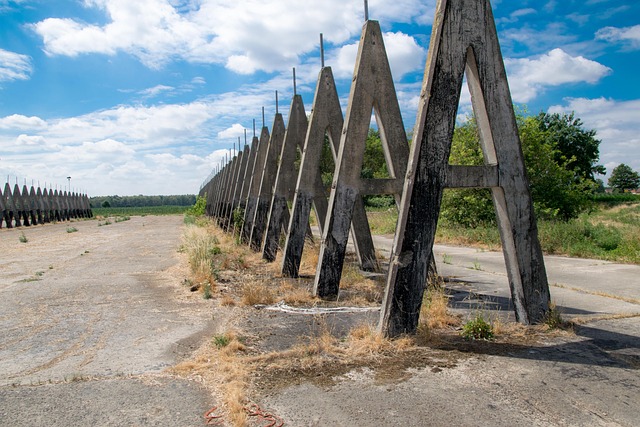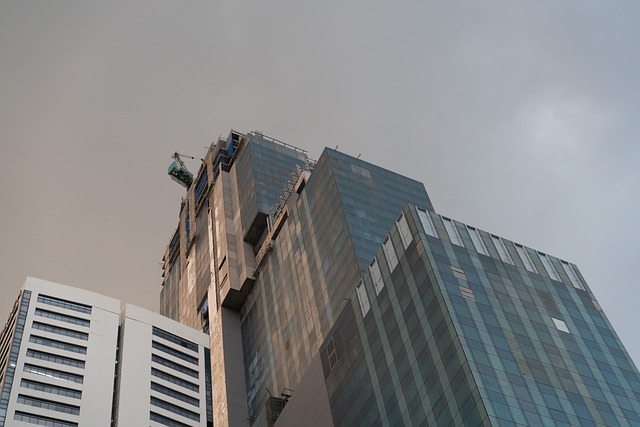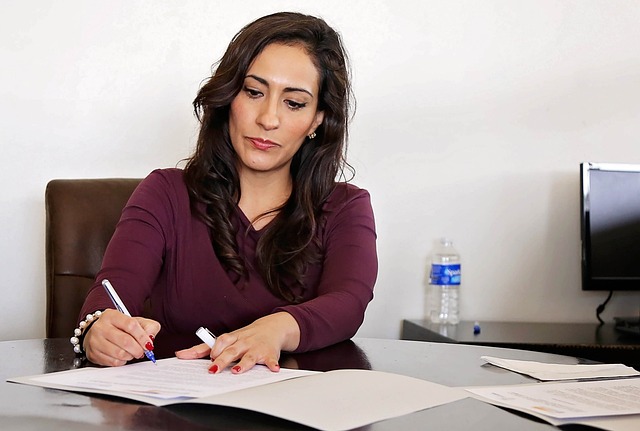Successful landlords in a competitive real estate market prioritize long-term investment preservation through strategic approaches like regular property maintenance, staying current with market trends, and offering competitive rental rates. Proactive measures include routine inspections, cost-efficient upgrades, and adapting to tenant preferences. By preserving property integrity, keeping up with economic shifts, and fostering strong tenant relationships, landlords ensure their investments remain robust and financially stable over time.
In the dynamic world of real estate, preserving a landlord’s investment over the long term is paramount. This article explores effective strategies to safeguard and enhance your real estate portfolio. From understanding market trends to implementing proactive measures for property value preservation and rental income sustainability, these insights equip landlords with tools to navigate the ever-changing landscape. Discover key factors that contribute to successful long-term investments in the competitive real estate market.
Understanding Long-Term Landlord Investment Strategies

In the dynamic realm of real estate, preserving a landlord’s investment over the long term requires a strategic approach. Successful landlords understand that their properties are not just bricks and mortar; they are assets that can grow in value and generate consistent income. Long-term strategies focus on maintaining and enhancing property values through regular maintenance, staying current with market trends, and offering competitive rental rates to attract and retain quality tenants.
These strategies involve a combination of proactive measures such as conducting routine inspections, implementing cost-efficient upgrades, and adapting to evolving tenant preferences. By preserving the physical integrity of their properties and keeping up with economic shifts, landlords can ensure their investments remain robust. Additionally, building strong relationships with tenants fosters a sense of community, reducing turnover rates and contributing to sustained financial stability in the long run.
Key Factors in Preserving Property Value Over Time

In the real estate sector, preserving a landlord’s investment over the long term involves several key factors. Firstly, regular maintenance and upkeep are essential to maintain property value. This includes routine inspections, prompt repairs, and staying up-to-date with industry standards for safety and efficiency. By ensuring the property remains in good condition, landlords can attract and retain tenants, thereby maximizing rental income potential.
Additionally, strategic pricing plays a crucial role. Landlords should conduct market research to determine competitive rental rates that balance attracting tenants with achieving a favorable return on investment. Regularly reviewing and adjusting rental prices based on market conditions, property demand, and local trends will help preserve the value of the asset over time in the dynamic real estate landscape.
Proactive Measures for Sustaining Rental Income Streams

To preserve a landlord’s investment in real estate over the long term, proactive measures are essential to sustain and even increase rental income streams. Regular property maintenance and upgrades are key; staying ahead of repairs and implementing modern amenities can significantly enhance tenant satisfaction and retention rates. By keeping units well-maintained and appealing, landlords can command higher rental prices and attract quality tenants who respect and care for the property.
Additionally, diversifying the rental portfolio is a strategic move. Investing in different property types and locations allows landlords to mitigate risks; if one investment experiences a downturn, others may perform well, ensuring stability. Staying informed about market trends in real estate is crucial; understanding demographic shifts, economic indicators, and local development plans enables proactive decisions that maximize returns on investment over time.






